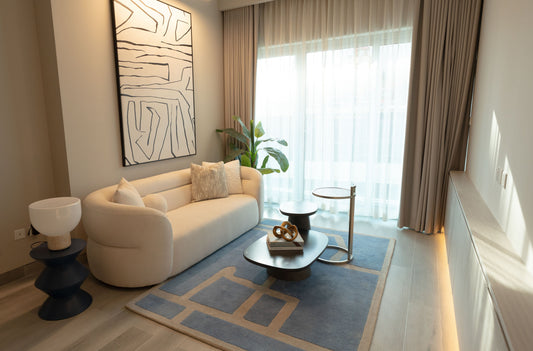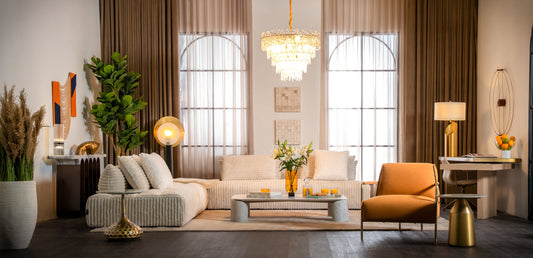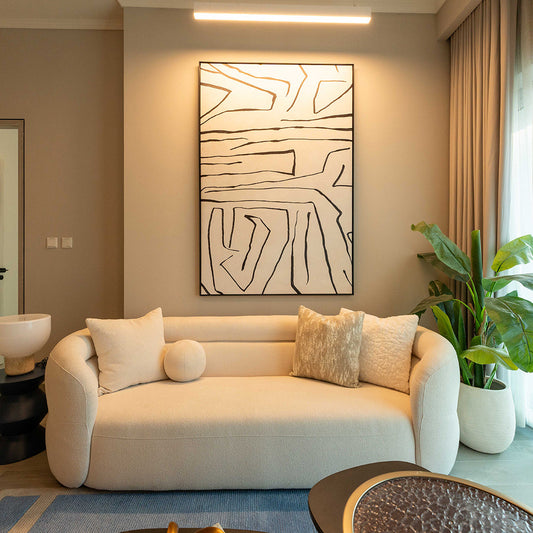Have you ever walked into a room that felt like a piece of art? That’s the magic of mixing different styles in interior design. By combining elements from various design aesthetics, you can create a space that is visually captivating and truly unique. In this blog post, we will explore the art of mixing different styles in interior design and provide you with some tips on how to achieve a harmonious balance.
Why mix different styles?
When it comes to interior design, sticking to a single style can sometimes result in a space that feels predictable and lacks personality. By mixing different styles, you can create a visually stimulating environment that reflects your individuality and showcases your personal taste. It allows you to break free from the constraints of a single design aesthetic and experiment with different textures, colors, and patterns.
How to mix different styles
1. Start with a neutral base: To create a cohesive look, begin by establishing a neutral base. This can be achieved through the use of neutral-colored walls, flooring, and furniture. A neutral base provides a blank canvas for you to layer different styles and prevents the space from feeling overwhelming.
2. Identify your dominant style: Before you start mixing different styles, it's important to identify your dominant style. This will serve as the foundation for your design and help guide your decision-making process. Whether you prefer modern, traditional, rustic, or eclectic, understanding your dominant style will ensure that the final result feels cohesive.
3. Choose a unifying element: To create a harmonious balance between different styles, it's essential to choose a unifying element. This could be a common color palette, a specific material, or a recurring pattern. The unifying element will tie the different styles together and create a sense of cohesion.
4. Mix in small doses: When mixing different styles, it's best to start small. Begin by incorporating elements from one style into another, such as adding a modern artwork to a traditional space or placing a vintage rug in a contemporary room. This gradual approach allows you to experiment and make adjustments as you go.
5. Pay attention to scale and proportion: When mixing different styles, it's important to pay attention to scale and proportion. Ensure that the furniture and accessories you choose are appropriately sized for the space and create a balanced composition. Mixing large-scale and small-scale elements can add visual interest and create a dynamic atmosphere.
Examples of mixed styles
1. Modern meets industrial: Combine sleek, minimalist furniture with raw, exposed materials like concrete and metal to create a modern-industrial look. Add pops of color and texture through accessories and artwork.
2. Scandinavian meets bohemian: Merge the clean lines and simplicity of Scandinavian design with the eclectic and vibrant elements of bohemian style. Use neutral colors as a base and layer in colorful textiles, plants, and natural materials.
3. Traditional meets contemporary: Blend classic, timeless pieces with contemporary elements for a transitional style. Mix traditional furniture with modern lighting fixtures and accessories to create a space that feels both elegant and current.
Remember, the key to successfully mixing different styles in interior design is to maintain a sense of balance and harmony. Experiment, trust your instincts, and have fun creating a space that is truly a work of art.




